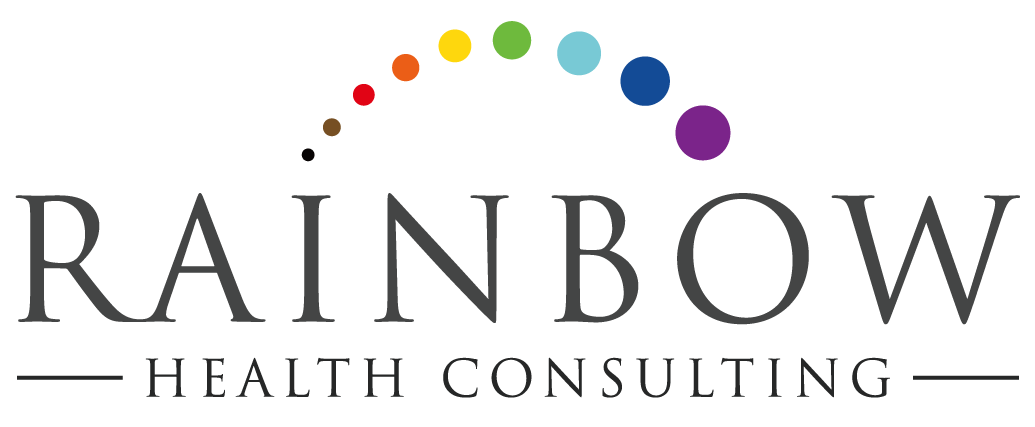Health Disparities in the LGBTQ+ Community
The LGBT community faces health disparities in both access to health care and quality of health care. We confront stigma from health care providers who may not understand our health concerns, or who may be too distracted by our sexuality or gender expression to be able to focus on our presenting concerns. I have heard many stories from adult LGBT individuals who have been asked probing or inappropriate questions about unrelated aspects of their lives by curious or uninformed health care providers. Some health care providers err by omission, not even asking directly about sexuality and therefore not realizing that their patients have these specific needs, risks, and concerns.
Most of us want to take care of ourselves. We really do. We face the same health problems faced by all Americans, such as heart disease, substance abuse, and mental health problems, but we also have a higher rate of other health problems due to our sexuality, gender expression, or discrimination against us. We are victimized and experience violence at higher rates than the general population, and acceptance or lack of acceptance by our families of origin impacts our mental health. Discrimination against LGBT individuals and families in housing, employment, marriage, adoption, retirement, and health insurance means that the playing field is uneven to start. Even though we may want to care for ourselves, we face many obstacles.
All of these factors contributing to the health disparities of the LGBT population have finally recently come to the national stage, with a new focus for research on LGBT health in the National Institutes of Health (NIH). Depression, suicide, obesity, cancer risk, long-term hormone use, HIV/AIDS and STIs; and substance use and abuse including alcohol, smoking, and other drugs have been identified as priorities for research funding at the NIH. Grassroots organizations such as the Gay and Lesbian Medical Association (GLMA) and the Lesbian Health Fund (LHF) fund programs and conferences to draw attention to our health concerns and research needs as well.
Healthy People 2020 has also brought our health concerns to the forefront, with the understanding that our health needs are different in many ways from the general population. We must start with our youngest members, even those who may not yet identify as LGBT, with efforts to prevent bullying, HIV, suicide, and homelessness in our youth. These building blocks of health will serve to decrease the gaps in care as these youth mature. Medical, nursing, and allied health students must be thoroughly educated on LGBT health issues in order to provide appropriate care. Preventative care for adults is a key factor as well, through LGBT health centers and STI/HIV prevention and treatment programs. As adults, lesbian and bisexual women are at higher risk of obesity and late detection of cancer. Gay men have higher rates of STIs and HIV, and transgender individuals face high rates of mental health concerns, STIs/HIV, risk of suicide, access to needed hormones and medications, and victimization. LGBT adults in general face high rates of tobacco, alcohol, and drug use.
We must begin to more thoroughly explore the needs of our communities, starting with our youth and with preventative care. Only through decreased stigma, increased acceptance and access, and a deepened understanding of our specific health concerns can we begin to decrease the gap in health quality for the queer community.

